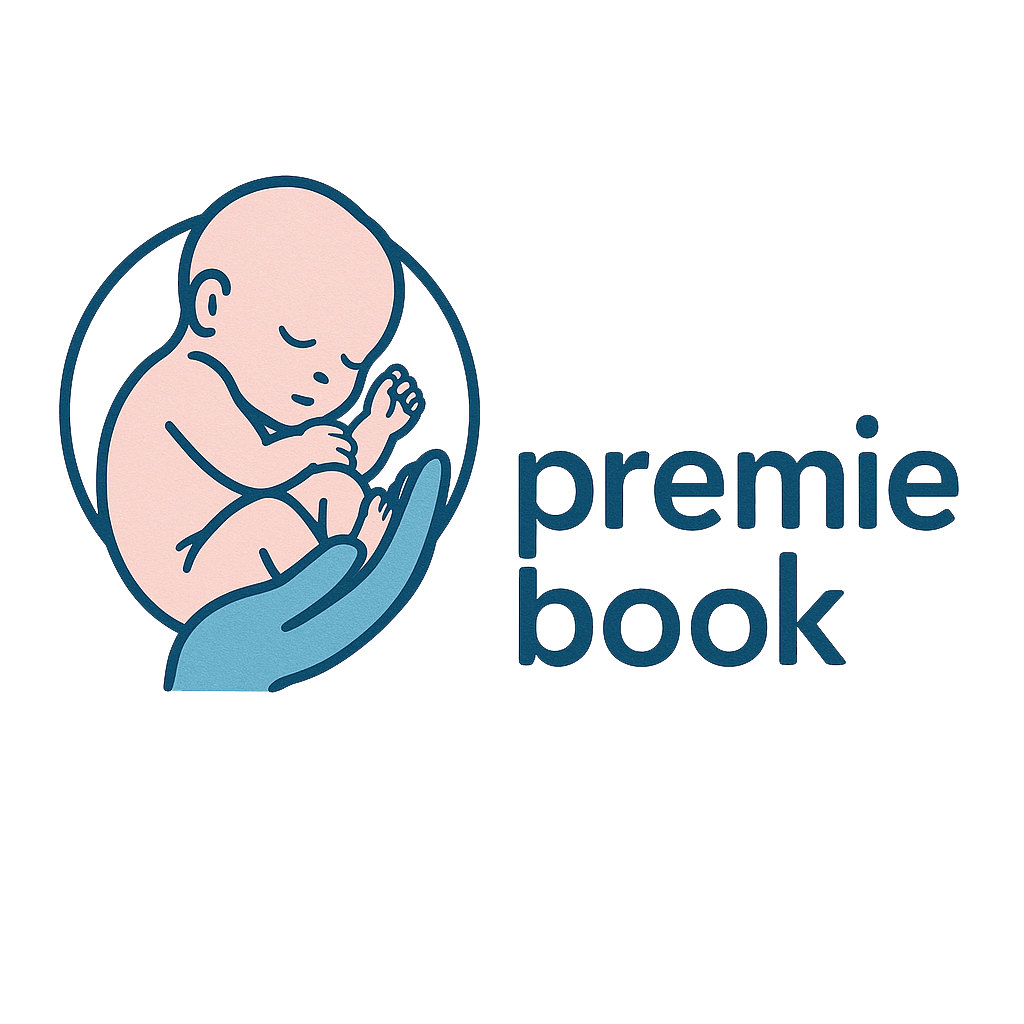The building insulation market in APAC spans both residential and commercial sectors, each with unique requirements and growth dynamics. Residential construction emphasizes thermal comfort, energy efficiency, and acoustic performance, particularly in urban areas where apartment complexes and high-rise housing dominate. Materials such as fiberglass, mineral wool, and polyurethane foams are commonly used to maintain comfortable indoor temperatures, reduce electricity consumption, and minimize noise pollution from neighboring units. Rising awareness among homeowners regarding energy savings and environmental impact has further accelerated the adoption of insulation materials in residential projects.
Commercial applications, on the other hand, focus on large-scale energy efficiency and operational cost reduction. Office buildings, shopping malls, hospitals, and educational institutions rely on advanced insulation solutions to optimize HVAC performance and maintain stable indoor conditions across extensive floor areas. Commercial structures often require materials with superior fire resistance, durability, and acoustic insulation properties. Mineral wool, rigid foam panels, and reflective coatings are frequently utilized to meet these performance standards. Additionally, commercial projects often involve stringent compliance with green building certifications and energy efficiency regulations, driving demand for premium insulation solutions.
Both residential and commercial sectors are witnessing a growing trend toward eco-friendly and sustainable insulation materials. Manufacturers are introducing recyclable and bio-based products to reduce carbon footprint while meeting performance standards. Urban planners and developers in APAC increasingly prioritize energy-efficient designs, considering insulation requirements early in the architectural planning process. This proactive approach ensures optimal material performance and alignment with local energy regulations, benefiting both occupants and building owners.
Retrofitting is also significant in both sectors. Residential retrofits enhance comfort and reduce household energy expenses, while commercial retrofits focus on operational cost efficiency and regulatory compliance. High-performance, space-saving materials such as aerogels and vacuum insulation panels are particularly suitable for retrofitting commercial buildings with limited space. The growing trend toward mixed-use developments in APAC, combining residential and commercial spaces, further underscores the importance of versatile insulation solutions that cater to diverse building requirements.
In summary, APAC’s building insulation market trends caters to both residential and commercial applications, each demanding specific performance attributes. With rising energy costs, sustainability goals, and regulatory requirements, insulation materials are increasingly viewed as essential components in construction. The dual focus on comfort, efficiency, and environmental responsibility ensures that demand across both sectors will continue to expand in the region.


